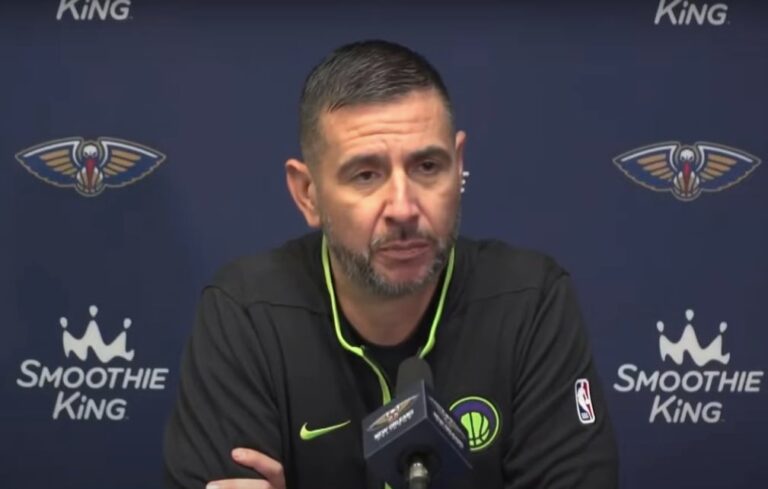

Cricket witnessed a remarkable display of sportsmanship on Monday (July 7), when South African stand-in captain Wiaan Mulder, batting on a monumental 367 not out against Zimbabwe on Day 2 of second Test in Bulawayo, chose to declare his team’s innings.
Wiaan Mulder’s record-breaking 367 not out sets new benchmarks in Test cricket
Mulder’s monumental knock of unbeaten 367 against Zimbabwe in Bulawayo not only left cricket enthusiasts in awe but also etched his name into the record books as the fifth-highest individual Test score of all time. This incredible feat came on the second day of the Test match, where Mulder, captaining South Africa for the first time, faced 334 balls to accumulate his runs, hammering 49 fours and 4 sixes. The remarkable innings, which saw him fall just 33 runs short of Brian Lara’s iconic 400 not out, propelled South Africa to 626/5 before Mulder declared. His knock is now part of cricketing history, just behind the records set by legends like Lara, Matthew Hayden and Mahela Jayawardene.
Mulder’s knock is not only significant for the sheer number of runs but also for the fact that it places him among an elite group of players to score a triple century in Test cricket. With this 367, he became just the second South African player, after Hashim Amla, to achieve this feat. His innings, which reached a triple-century off 297 balls, was the second-fastest by any player after Virender Sehwag’s 278-ball effort in 2008. His monumental performance has now left an indelible mark on the cricketing world. Mulder’s record also highlights his ability to captain under pressure, leading South Africa to a commanding position despite the injuries to regular captains Temba Bavuma and Keshav Maharaj.
Also READ: Top 5 highest individual scores for South Africa in Test cricket ft. Wiaan Mulder
2 players also sacrificed their milestones for the legend’s legacy
However, Mulder is not alone in this distinguished company of players who have consciously stepped back from individual milestones out of deference or strategic foresight.
1. Mark Taylor and Don Bradman:
- The act: In 1998, against Pakistan in Peshawar, Mark Taylor, then Australia’s captain, reached 334 not out. This score famously equalled Sir Donald Bradman‘s then-highest individual score for an Australian batter, achieved in 1930. Taylor had the opportunity to bat on and surpass this iconic mark.
- The sacrifice/respect: However, Taylor chose to declare overnight. His reasoning, which he later articulated, was multifold:
- Respect for Bradman: He explicitly stated his deep respect for “The Don,” and felt that sharing the record with such a legend was more meaningful than holding it outright. He didn’t want to appear to be “batting for personal glory.”
- Team objective: He also emphasized the team’s objective, wanting to give his bowlers enough time to secure a victory. While the match ultimately ended in a draw, the intention was to prioritize the team.
- Impact: This decision was widely praised as a true act of sportsmanship and a tribute to the game’s history, further cementing Taylor’s reputation as a respected leader. Bradman himself reportedly sent Taylor a letter congratulating him and expressing delight in sharing the record.
2. George Barnes (Sid Barnes) and Don Bradman:
- The partnership: Sidney George “Sid” Barnes was a prominent Australian cricketer who played alongside Don Bradman, most famously in the post-World War II era. In the second Test against England in Sydney in December 1946, Barnes scored 234 runs. Remarkably, his captain, Don Bradman, also scored 234 runs in the same innings!
- World record partnership: Together, Bradman and Barnes set a then-world record 405-run fifth-wicket partnership.
- No declaration for respect of Bradman’s score: While it’s an incredible coincidence that they both scored exactly 234, although there is no historical record or commonly accepted narrative that suggests, however according to NDTV reports, Barnes “sacrificed,” or “declared,” his innings out of respect for Bradman’s 234 in the same way Taylor almost five decades later did for Bradman’s 334. Both batter simply reached 234 and were dismissed. Their equal scores were a result of their batting performance, not a deliberate declaration by Barnes to match Bradman.
Also READ: From Brian Lara to Wiaan Mulder: Top 5 highest individual scores in Test cricket history
Source link






